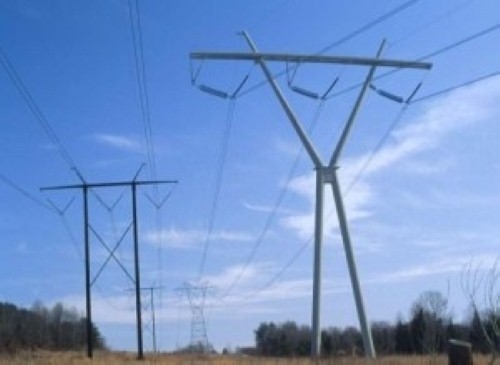After Hurricane Sandy devastated the East Coast, many businesses were forced to reevaluate their business recovery planning tactics. While the storm wreaked havoc back in October, cleanup is still happening in many areas.
In a recent Forbes contribution piece, Jaime Ellerston, CEO of a software company, explained that regardless of a company's industry, communication is key to ensure that it can make a full recovery.
For example, Ellerston explained that during the superstorm, a sample of corporations sent 60 percent of its messages by phone, 9 percent by text and 19 percent by email. If landlines have been knocked out, customers or employees will be unable to receive any messages sent through that medium.
According to The New York Times, it's often more beneficial and cost-effective for utility companies to skip prevention measures and just clean up the mess afterwards. The source explained that Consolidated Edison – a New York company – is usually able to compensate for recovery costs through electric rates. Damages from Hurricane Sandy cost close to $450 million. Customer bills, which are normally $90 a month for residents, would have to rise by almost 3 percent for three years to cover those expenses.
But, to fully stormproof the system – such as sinking power lines or hardening equipment for possible wind damage – could easily cost 100 times as much.
"We need to think now of not just restoring the grid, but how to make it more survivable," Philip Jones, president of the National Association of Regulatory Utility Commissioners, a trade association of state officials, told the Times. "I think most commissioners are coming around to that."
Not all companies can depend on that same outcome. A comprehensive risk analysis can ensure quicker business resumption for many organizations. Working with a firm specializing in business continuity planning can aid in that process.

